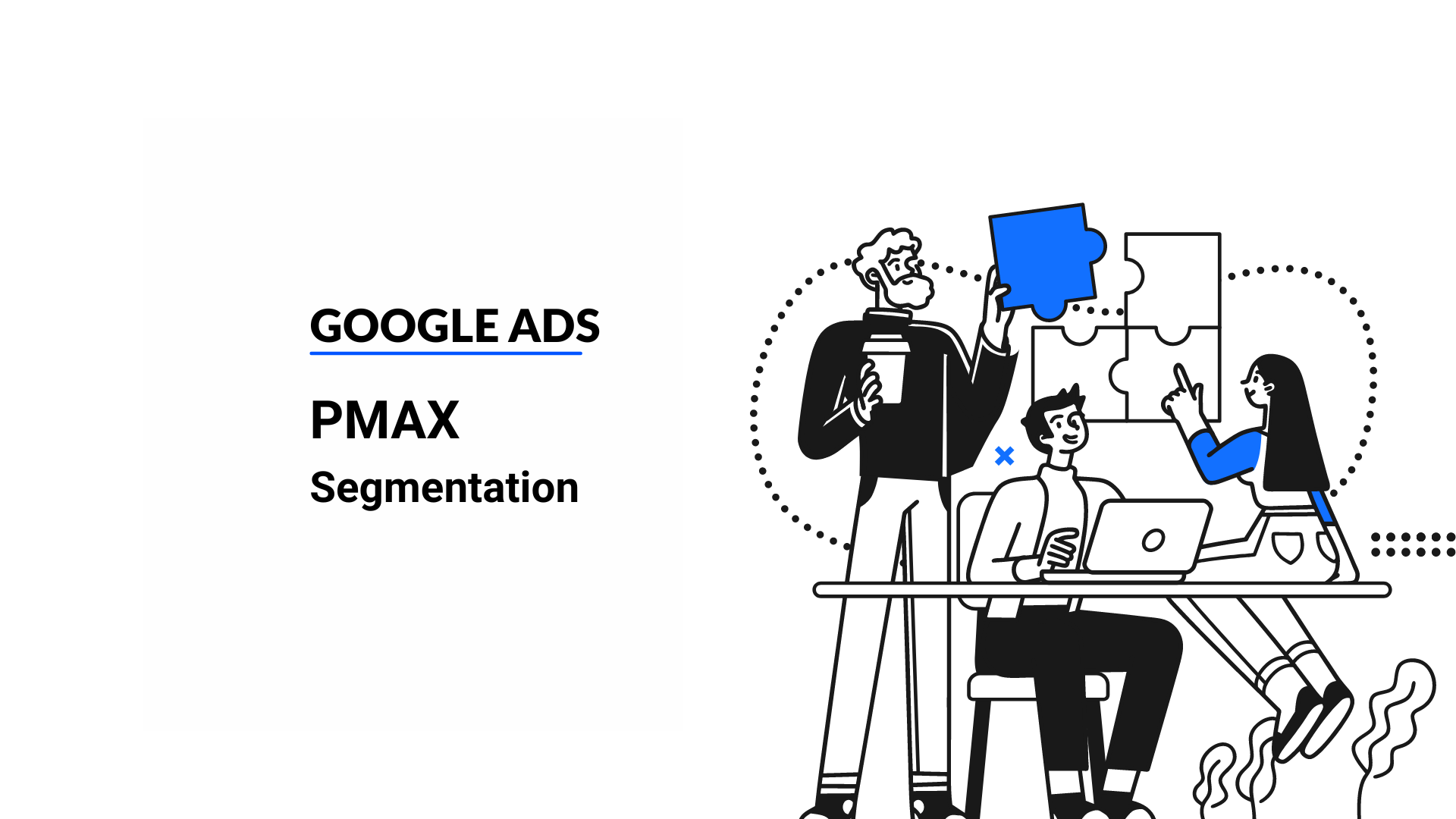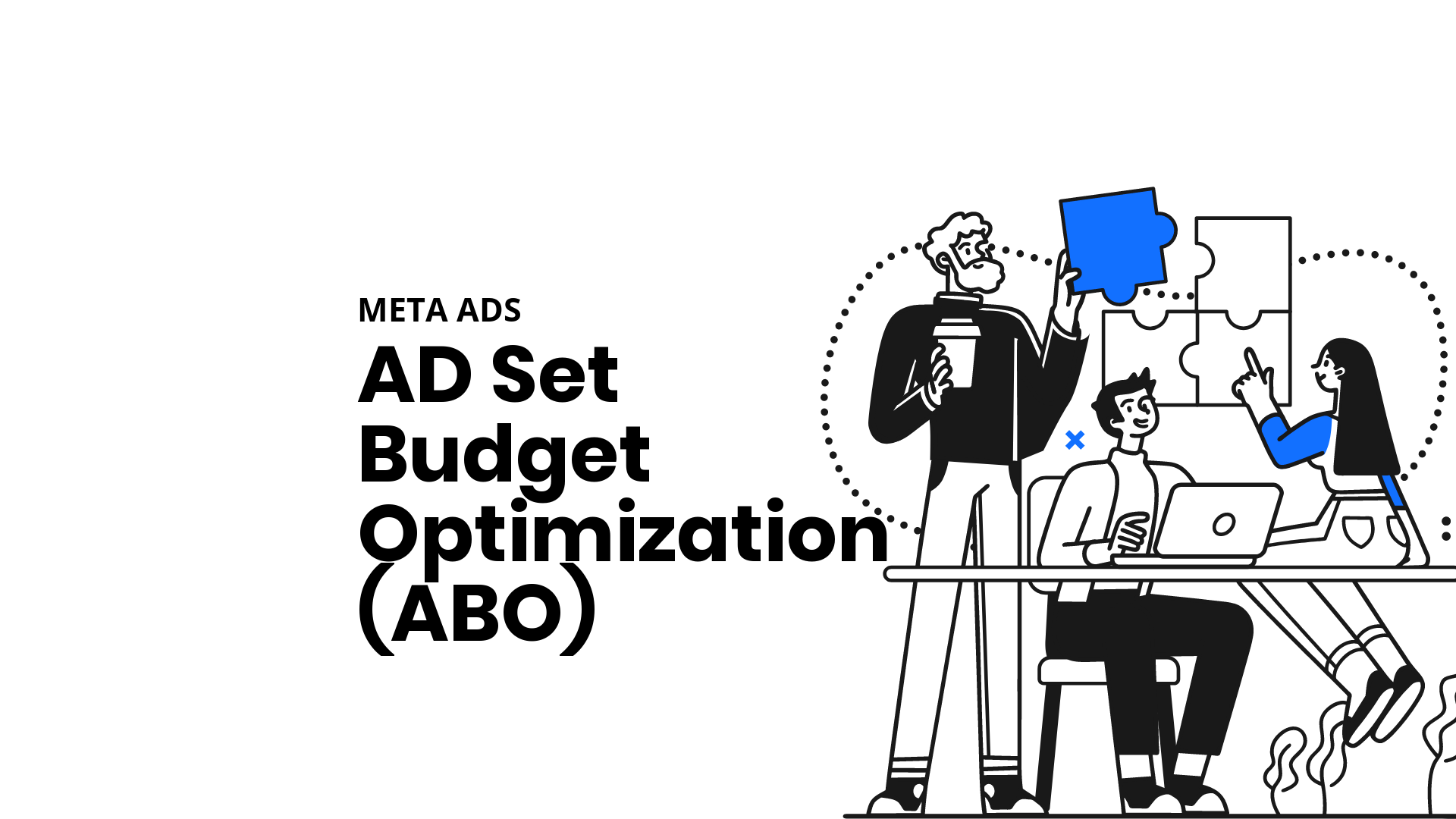About Google PMAX segmentation

PMax stands for Performance Max, which is a goal-based, fully automated campaign type in Google Ads. It leverages Google’s artificial intelligence and machine learning to optimize ad performance across all Google platforms—including Search, Display, YouTube, Gmail, Discover, Maps, and more—from a single campaign setup
PMax at a Glance
| Feature | Description |
|---|---|
| Type | Automated, goal-based Google Ads campaign |
| Platforms Covered | Search, Display, YouTube, Gmail, Discover, Maps, Shopping, and more |
| Automation | Bidding, targeting, creative selection, attribution |
| Inputs Required | Creative assets, audience signals, conversion goals |
| Optimization Goal | Maximizing conversions or other advertiser-defined outcomes |
| Key Metrics | CVR, CPA, ROAS, |
| Main Benefit | Simplified management, broader reach, higher efficiency via automation |
Pros and Cons
Segmenting Performance Max campaigns means breaking them into smaller parts based on things like product category, price range, or audience. At first glance, it might sound like a good way to stay organized, but it goes a lot deeper than that.
When you’re running large campaigns with lots of different products or customer types, this approach can help bring structure and clarity. It gives you more precise control over how your budget is spent and which ads are shown to which users. But it’s not all upside. Segmenting can cause issues too, especially if it’s taken too far or not managed carefully.
Why people segment PMax campaigns
One of the biggest benefits is budget control. When campaigns are grouped by performance, price, or audience, you can push more money into what’s working and limit spend where returns are weaker. Instead of having everything blended into one campaign where strong and weak performers compete for the same budget, segmentation lets you separate them and manage spend more deliberately.
There’s also the creative side. A single ad trying to appeal to everyone often ends up being forgettable. But if your products are grouped, for example by category, you can tailor your messaging to match each group. Ads for high-end products can use premium-focused language and visuals. Discount items can highlight savings. Matching the ad to the audience or product helps improve click-through and conversion rates.
Another advantage is visibility into performance. With a single all-in-one campaign, it can be tough to spot which part is dragging things down. Segmenting gives you a clearer picture. You can quickly see if certain products, audiences, or regions are underdelivering and make faster decisions on what to cut, tweak, or push harder.
It also adds strategic flexibility, especially for larger or more complex accounts. When your product catalog spans dozens of SKUs or multiple audience types, trying to treat them all the same rarely works. Segmenting lets you shape strategies for each part of the business. That could mean different bidding strategies, seasonal pushes, or audience-specific targeting, all within their own structured campaigns.
And when first-party data is involved, like customer lists or CRM segments, feeding those signals into segmented campaigns can improve targeting. Google’s automation can do more with that context when it’s being applied to a focused campaign, not one trying to be all things at once.
All of that sounds great, and for many, it is. But there are a few trade-offs to be aware of.
Where segmentation can cause problems
One of the biggest risks is going too far. Break things down too much and you end up with campaigns that start fighting each other. For example, two segments might target similar users or keywords, which means they compete for impressions. That splits data and budget in ways that don’t help either campaign. Google calls this cannibalization, and it often leads to wasted spend and weaker performance.
Another issue is that too many segments weaken automation. PMax is built to optimize holistically. When you slice up your campaigns into smaller buckets, each has less data to learn from. That can slow down performance improvements and make the system less effective at finding the best opportunities. The more you control, the less you let the system learn.
There’s also the added management workload. With segmentation comes more dashboards to check, more settings to fine-tune, and more reports to analyze. If you’re not careful, it can become overwhelming. Mistakes can creep in, and it’s easier to miss shifts in performance when your data is scattered across multiple campaigns.
And despite all this extra effort, you still won’t get full transparency. PMax operates like a black box. You don’t get detailed breakdowns on search queries or placements, so even when you split campaigns by theme, you don’t always get clear insight into what’s working behind the scenes. More segmentation doesn’t solve that problem. It can just give the illusion of control.
Finally, there’s data clutter. Segmenting incorrectly or too aggressively can muddy your reporting. For example, if branded and non-branded searches start blending in the same campaign or across similar segments, it can be hard to understand what’s driving conversions. That kind of overlap makes it tougher to draw clean conclusions or make confident decisions.
PMax Segmentation at a Glance
| Pros | Cons |
|---|---|
| Budget and bidding control | Risk of campaign cannibalization |
| Customized creative and messaging | Reduced automation efficiency |
| Better performance insights | Increased management complexity |
| Strategic flexibility for large accounts | Limited transparency remains |
| Enhanced data utilization | Data clutter and attribution challenges |
Guidelines
Segmenting PMax campaigns for e-commerce takes a bit of balance. The goal is to give automation enough room to work while still keeping control and visibility where it matters.
1. Start with a foundation segmentation strategy
Begin by splitting campaigns based on demand. A three-part structure works well:
Higher demand PMax is where you put your top-performing or high-converting products.
Lower demand PMax is for niche or slower-moving items.
Feed-only PMax covers everything else in your catalog that doesn’t need aggressive optimization yet.
This setup helps you push budget into products that are already proving themselves while keeping coverage across the full range.
2. Segment by core variables
If you want more control, segment campaigns or asset groups by things like product category, price, or past performance. Use historical data—purchase volume, revenue, or profitability—to guide how you group products.
You can also bring in search behavior. Keyword research helps you understand what people are looking for, so you can group asset groups based on things like branded versus non-branded intent or whether someone’s just researching or ready to buy.
3. Separate new vs. existing customers
It often makes sense to treat these two groups differently. You can run dedicated campaigns or asset groups focused on new customers using bidding modes like “New Customer Only” or “New Customer Value.”
Existing customers, on the other hand, can be targeted with retention or win-back strategies. This lets you tailor your messaging and budgets depending on where someone is in the customer lifecycle.
4. Use first-party data and audience signals
Upload CRM lists, past customer segments, or site visitors into Google Ads to steer the automation in the right direction. These audience signals don’t limit reach, but they help Google prioritize who sees your ads.
This kind of targeting improves efficiency and can lift conversion rates by putting your budget in front of more qualified users.
5. Don’t overdo it
A common mistake is breaking things up too much. If you have 10 or more PMax campaigns, you risk spreading your budget and data too thin. That hurts performance and slows down machine learning.
Most accounts work best with 3 to 7 campaigns, each built around a clear theme or business objective. Anything more than that usually adds noise without giving you better results.
6. Clean up your product feed and asset groups
Start with a solid Google Merchant Center feed. Make sure your products have complete, accurate titles, brand info, prices, and custom labels.
Then build asset groups that match the segmentation. Each one should use creative assets that make sense for the segment—relevant headlines, images, videos, and calls to action.
Strong creative matched with clear structure helps improve ad relevance and performance.
7. Match your bidding strategy to the segment
Choose bidding settings based on what each campaign is trying to do. For example, if a segment includes high-value items, use target ROAS to focus on maximizing return. If you’re aiming to grow your customer base, switch to customer acquisition bidding.
Keep an eye on performance and be ready to adjust bids or budgets as results come in.
8. Use reporting to refine your segments
Once campaigns are live, monitor them closely. Use Google’s PMax reporting filters—like device type, conversion type, or time of day—to get a feel for what’s working and what’s underperforming.
Shift budget toward stronger segments, pause or rethink weaker ones, and adjust ad scheduling to lean into the most profitable hours or locations.
Ecom PMax Segmentation Guidelines at a Glance
| Guideline | Description |
|---|---|
| Foundation Segmentation | Separate by demand level: high, low, and feed-only campaigns |
| Core Variables | Segment by product category, price, purchase value, and keyword intent |
| Customer Lifecycle | Separate campaigns for new vs. existing customers with tailored bidding |
| Use Audience Signals | Upload first-party data to guide AI targeting |
| Avoid Over-Segmentation | Limit campaigns to 3-7 to maintain automation efficiency |
| Optimize Feed & Assets | Fully optimize Merchant Center feed and tailor asset groups per segment |
| Set Clear Goals & Bidding | Align bidding strategies with segment goals (e.g., target ROAS, customer acquisition bids) |
| Monitor & Adjust | Use segmentation reports to refine and optimize campaigns continuously |
Segmenting PMax campaigns in e-commerce should focus on meaningful divisions like product demand, category, and customer lifecycle to balance control with Google’s automation power. Avoid excessive fragmentation to maintain strong machine learning performance and budget efficiency.


